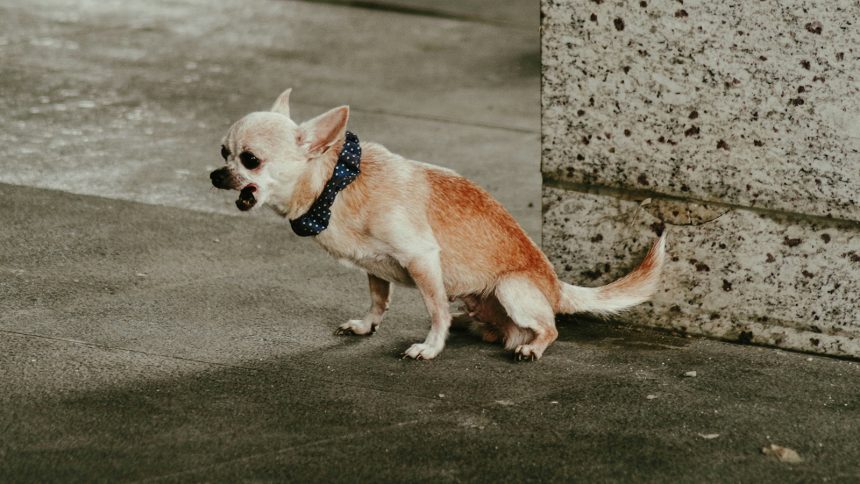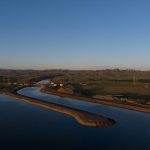Paleontologists have discovered what they believe to be the world’s first fossil from an animal dragging their rear along the ground, but you might not expect the critter who left it there.
You’ve probably seen a dog scooting its booty along the grass at some point. Pet owners will likely be familiar with this odd behavior, which sometimes points to discomfort, allergies, or even parasitic infections.
What modern dog-lovers might not know is that this behavior is an ancient one, and it isn’t exclusive to our canine companions. In fact, scientists have now discovered that all kinds of animals have been doing this for hundreds of thousands of years.
First-ever ‘butt-drag’ mark discovered from adorable African mammal
Paleontologists at the African Centre for Coastal Palaeoscience (ACCP) in South Africa primarily study ancient fossils, traces, and tracks left by animals in our distant past.
One of their most recent discoveries is what they believe to be a “butt-drag” mark left by a hyrax some 126,000 years ago. A hyrax is a small, rodent-like mammal with tusk-like fangs that protrude from its mouth.
Experts say these are likely the only fossilized hyrax booty-scooting tracks ever to be officially identified, as well as the very first fossilized “butt-drag” mark ever found from any animal in history.
Hyraxes are native to Africa and boast an ancient lineage that goes back at least 37 million years.
How do they know this? The ACCP says they discovered fossilized feces and urine within the drag impression, which they uncovered using a method called ‘optically stimulated luminescence’ — basically, seeing when these materials were last exposed to sunlight.
While experts at the ACCP initially considered that the mark may have been left by another ancient animal species, they eventually settled on a hyrax, determining that the drag is consistent with hyrax anatomy and behavior, as well as containing a fused, fossilized lump of droppings called a ‘coprolite.’
 Charles Helm / African Center for Coastal Paleoscience
Charles Helm / African Center for Coastal Paleoscience“Through appreciating the importance of butt-drag impressions, urolites, coprolites and hyraceum, and learning about the environment of rock hyraxes and other animals during the Pleistocene, we will never view these endearing creatures in the same light again,” the ACCP said in an article on LiveScience.
This is the latest quirky scientific story to raise eyebrows online after a patient implanted with Elon Musk’s Neuralink brain chip was able to feed himself by controlling a robotic arm with his mind.













